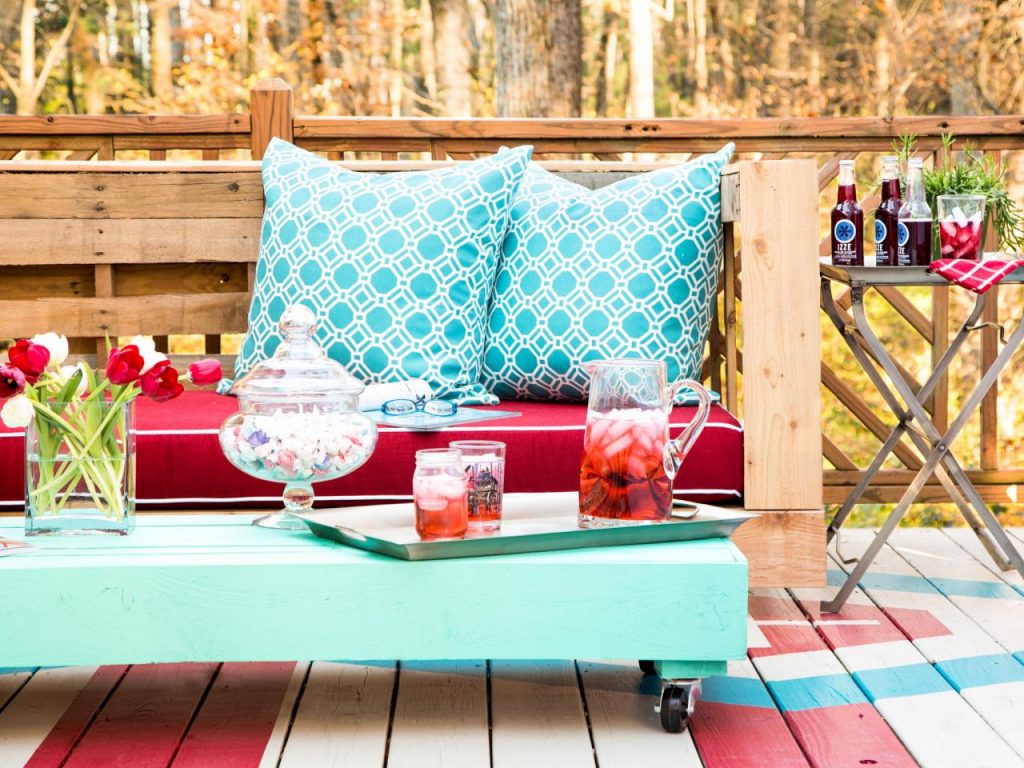Soins des Plantes Araignées - Tout sur l'arrosage, la Propagation et les Avantages
La plante araignée est une espèce exotique qui pousse naturellement dans les régions tropicales et africaines. Il existe de nombreuses variétés, mais une seule est cultivée en conteneurs. La plante araignée est devenue populaire surtout parce qu'elle est facile à cultiver. Vous vous demandez si tout le monde peut s'en occuper, même un amateur de plantes débutant ? Vérifiez les besoins de ces plantes et apprenez tout sur le soin des plantes araignées.
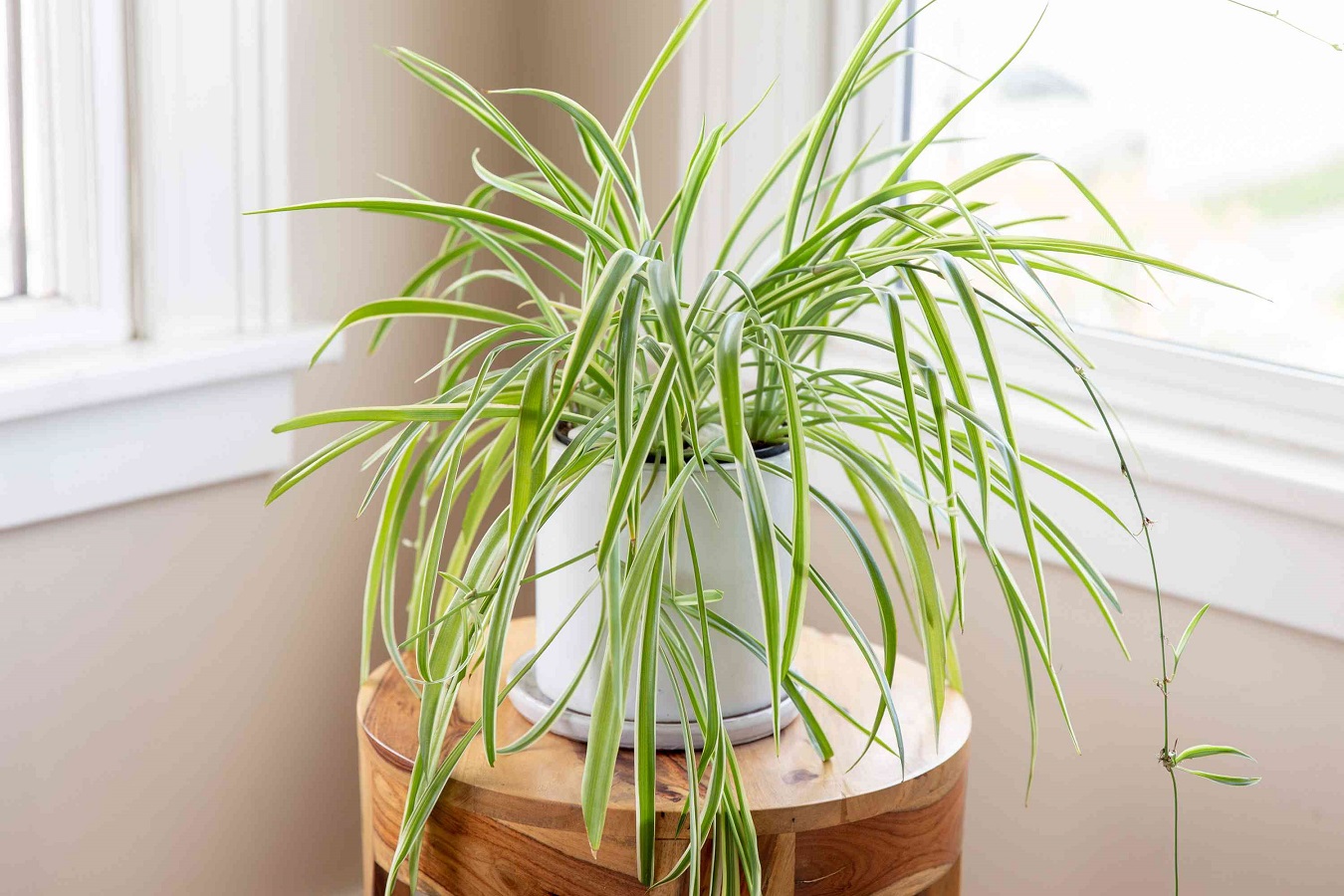
Araignée plante - quel genre de plante est-ce ?
La plante araignée, également connue sous son nom scientifique Chlorophytum appartient à la famille des liliacées. Dans la nature, elle pousse surtout dans les régions tropicales. La plupart de ses variétés poussent en Afrique. Il existe environ 40 types de cette plante. Mais une seule d’entre elles peut être facilement cultivée dans des conteneurs - le lierre araignée, également connu sous le nom de Chlorophytum comosum. Certains l’appellent aussi plante ruban. Cette variété est la plus populaire.
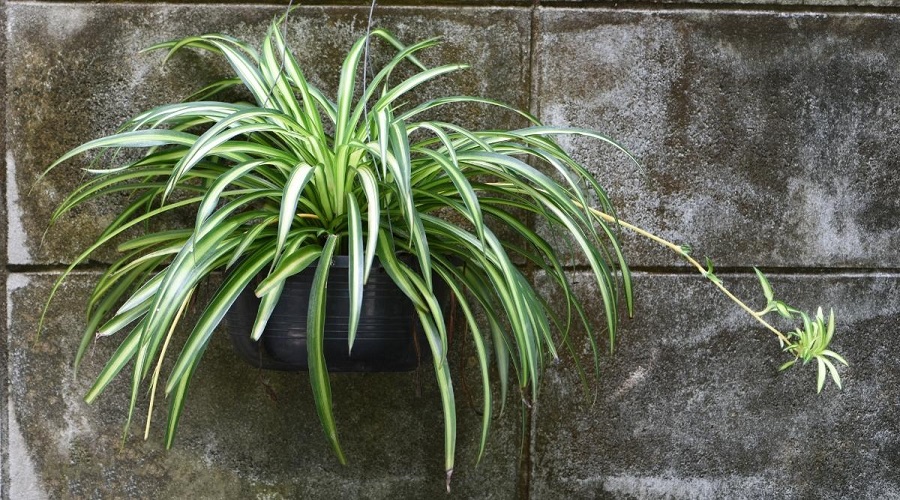
Plante araignée - variétés populaires
La plante araignée est l’une des plantes d’intérieur les plus cultivées au monde. Elle atteint une hauteur maximale de 45 centimètres et ses feuilles ont une couleur vert vif caractéristique. Selon l’âge de la plante, les feuilles peuvent atteindre 50 centimètres de long et 2,5 centimètres de large. Les tiges sont également longues et fines, et pendant la saison de floraison, des fleurs blanches et jaunes apparaissent.
Il existe cinq variétés populaires d’araignée de mer :.
- Bonnie - ses fleurs s’épanouissent en jaune, les feuilles sont longues et vertes avec une bande blanche,
- Ocean - les feuilles sont vert clair et larges avec des bords crème,
- Variegatum - il a des feuilles crème avec des bords verts,
- Vittatum - feuilles gris-vert avec une large bande blanche,
- Zebra - feuilles vert foncé avec des bandes jaunes sur les bords.

Entretien des plantes araignées en conteneurs
La plante araignée est recommandée à tout jardinier, même à ceux qui manquent d’expérience. La plante pousse parfaitement dans n’importe quel endroit, aussi bien en plein soleil qu’à l’ombre. La raison en est sa capacité à s’adapter rapidement à toutes les conditions. Gardez simplement à l’esprit qu’en plaçant la plante dans un endroit trop sombre, la bande blanche caractéristique des feuilles pourrait disparaître.
La plante araignée a besoin d’un sol très fertile, mais aussi très perméable, ce qui signifie en pratique qu’elle n’aime pas l’excès d’eau, qui pourrait lui être nuisible. Vous pouvez préparer le sol vous-même ou utiliser un mélange spécial acheté dans le commerce.
La plante araignée d’intérieur pousse mieux dans les endroits où la température ambiante oscille en été entre 18 et 20°C (64,4-68°F). Mais la plante peut aussi pousser dans d’autres conditions. Elle peut supporter des températures de 12 à 30°C (53.6-86°F). Mais veillez à ne pas la placer près d’un radiateur. L’air sec pourrait endommager la plante.

Plante araignée - arrosage et besoins
Un air très sec est probablement la plus grande menace pour une plante araignée. En hiver, lorsque l’appartement ou la maison nécessite du chauffage, veillez à vaporiser régulièrement les feuilles de la plante avec de l’eau. Un taux d’humidité trop faible peut entraîner le brunissement de l’extrémité des feuilles, et le dessèchement peut s’accentuer avec le temps.
Si la couche supérieure du sol devient sèche, c’est le signe qu’il faut arroser votre plante araignée. En été, un arrosage tous les 2 ou 3 jours devrait suffire. Gardez à l’esprit qu’un arrosage excessif peut endommager la plante, contrairement à un léger surséchage, qui ne causera aucun dommage.
Fleur de la plante araignée - floraison
La plante araignée développe des fleurs. Elles ne sentent pas du tout et servent uniquement de décoration à la plante. Chez les plantes cultivées en intérieur, elles peuvent apparaître en toute saison. Mais la floraison a plus de chances de se produire en été.
Plante araignée - propagation
La plante araignée est très facile à propager. Tout tient à la façon dont elle pousse. Elle développe beaucoup de plantules - souvent appelées pups ou bébés. Vous pouvez simplement arracher un tel bébé de la tige principale et le mettre dans l’eau jusqu’à ce qu’il développe des racines. Lorsque les premières racines apparaissent, mettez les jeunes bébés araignées dans un sol fertile.
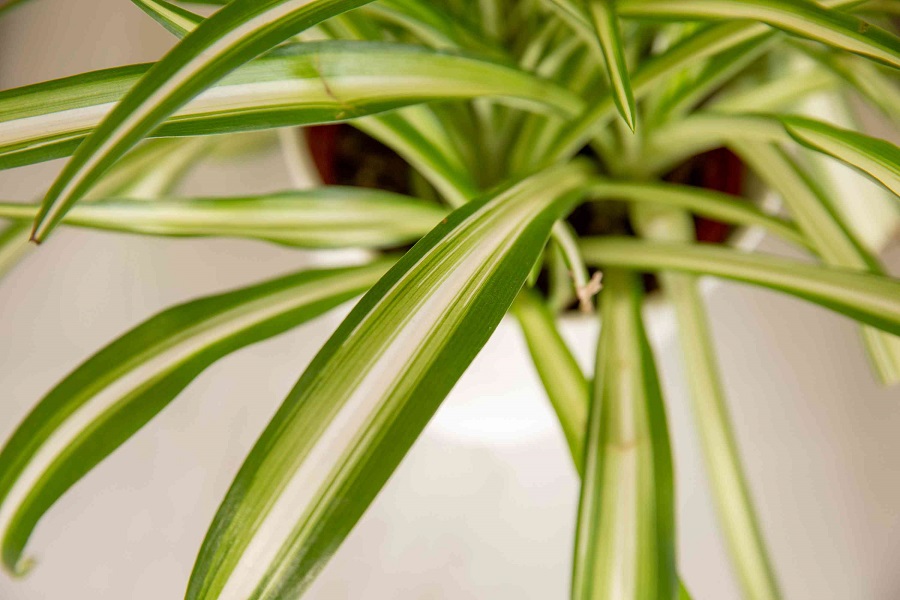
Peut-on faire pousser une plante araignée en extérieur ?
Les plantes araignées dans le jardin sont une excellente idée pour la décoration des parterres de fleurs, bien que peu de gens optent pour une telle solution. N’oubliez pas que dans les climats froids, la plante devient une annuelle. En raison de la région dont elle est originaire, la plante araignée ne peut pas supporter l’hiver et le gel.
Araignée végétale - nuisibles
La plante araignée est une plante facile à cultiver. Elle résiste à de nombreux ravageurs et maladies qui endommagent les autres plantes d’intérieur. Les araignées rouges sont les seuls ravageurs sérieux auxquels vous devez faire attention. S’ils apparaissent, ils peuvent être facilement éliminés en utilisant des produits spéciaux contre eux. L’air sec est un autre problème et une raison pour laquelle votre plante araignée a des pointes brunes.
Quelles maladies peuvent menacer une plante araignée ?
La plante araignée est une plante d’intérieur relativement résistante. La plupart des problèmes sont dus à un excès d’eau dans le pot. Cela rend la plante vulnérable aux maladies fongiques. La plus grande menace est la moisissure grise. Vous pouvez la traiter en utilisant des produits chimiques appropriés.
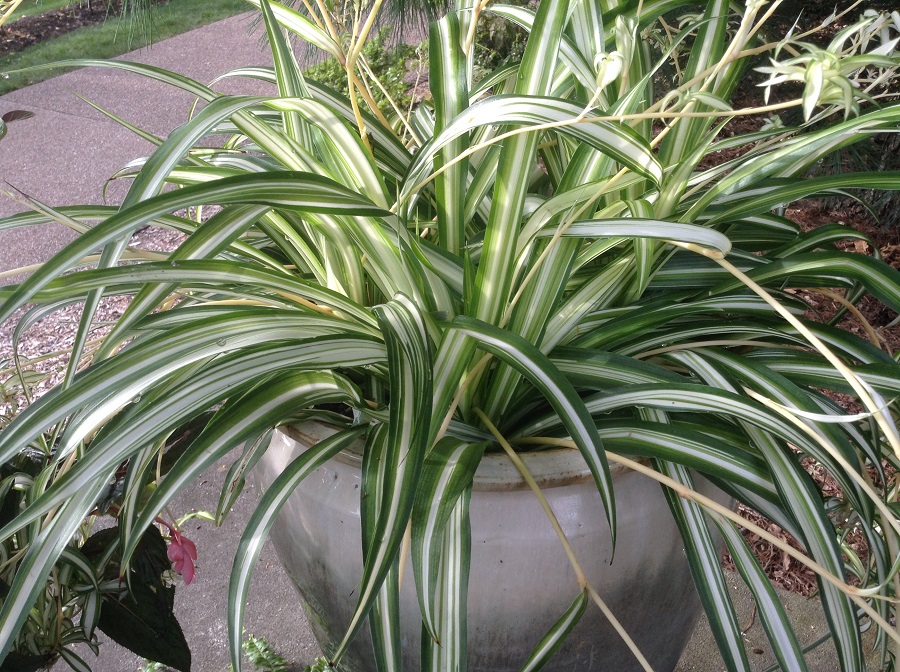
📍 Comment prendre soin d'une plante araignée ?
Pour prendre soin d'une plante araignée, il faut lui fournir les bonnes conditions et l'arroser régulièrement, mais pas trop souvent. En été, arrosez la plante jusqu'à 3 fois par semaine, en hiver - encore moins fréquemment. Veillez également à choisir un bon emplacement pour la plante - la mi-ombre est idéale.
📍 Quel est le meilleur sol pour une plante araignée ?
Les plantes araignées utilisent beaucoup de nutriments du sol dans lequel elles poussent. Les jardiniers qui cultivent cette plante doivent s'assurer que le sol est non seulement fertile mais aussi suffisamment perméable.
📍 Pourquoi ma plante araignée meurt-elle ?
Si vous avez remarqué des pointes brunes sur votre plante araignée - c'est un signe qu'elle commence à sécher. Ce phénomène est généralement dû à la sécheresse de l'air ambiant, combinée à un manque d'eau pour la plante. Ce problème concerne généralement les plantes situées à proximité des radiateurs, surtout en hiver.
📍 Où acheter une plante araignée ?
La plante araignée est une espèce populaire. Vous pouvez l'acheter dans n'importe quel supermarché. Vous pouvez également consulter les magasins de jardinage typiques.
Articles de fond




